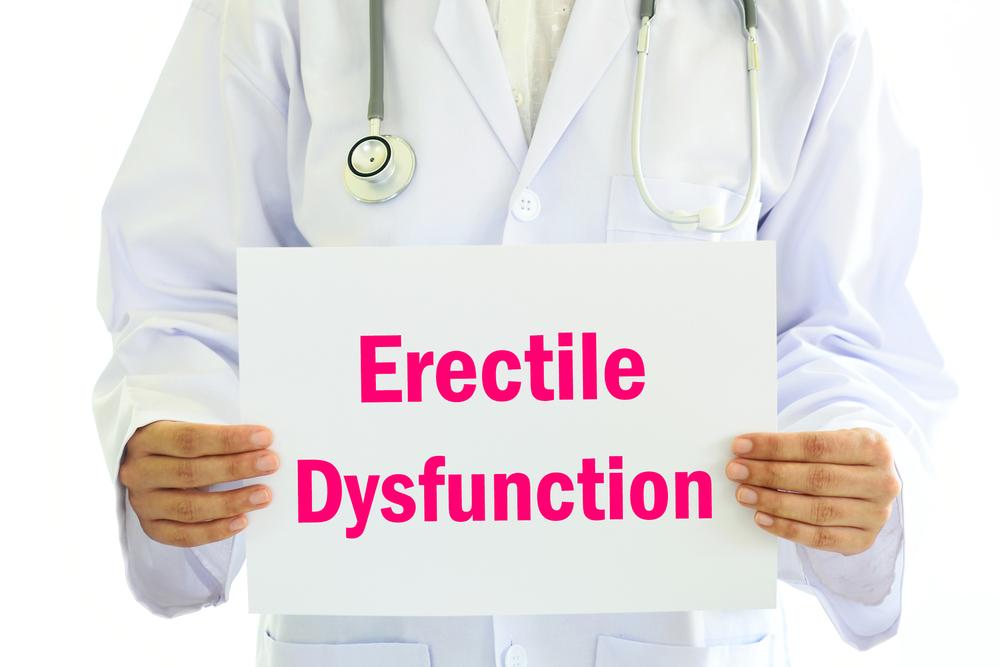Signs and Causes of Erectile Dysfunction
Erectile dysfunction (ED) involves ongoing challenges in attaining or maintaining an erection, with causes ranging from age-related hormone decline to underlying health issues. Recognizing the symptoms early and consulting healthcare professionals can improve management. Lifestyle changes like exercise, quitting smoking, and controlling chronic conditions can help reduce the risk. This informational article offers insights into ED signs, causes, and prevention strategies to promote better sexual health.

Signs and Causes of Erectile Dysfunction
Erectile dysfunction (ED) is characterized by persistent difficulty in achieving or maintaining an erection suitable for sexual activity. Without appropriate intervention, ED can hinder intimate encounters. It affects approximately 1 in 5 men, with prevalence rising with age. Reduced testosterone levels over time influence sexual desire and function, leading to issues like lowered libido and impotence. Underlying health conditions can also contribute to ED.
multiple factors play a role in developing ED, encompassing emotional and physical causes.
Endocrine disorders such as diabetes can impair erectile function.
Certain medications may disrupt blood circulation.
Neurological conditions affecting nerve signals between the brain and reproductive system.
Emotional states may hinder the excitement phase necessary for an erection.
Symptoms of ED include:
Weak or soft erections unsuitable for sex.
Brief erections that do not last through intercourse.
Complete inability to achieve an erection.
Risk increases with age, being four times higher in men in their 60s compared to those in their 40s, as reported by the Journal of Urology. Men with lower education levels may also experience higher rates of ED, possibly linked to lifestyle factors such as diet, alcohol consumption, and exercise habits.
If you encounter erectile issues, consulting a healthcare professional is advisable, especially if linked to other health conditions like diabetes or heart disease or accompanied by additional symptoms.
Preventive measures include:
Regular exercise and maintaining a healthy weight.
Quitting smoking.
Reducing alcohol and substance use.
Managing underlying conditions like diabetes.










